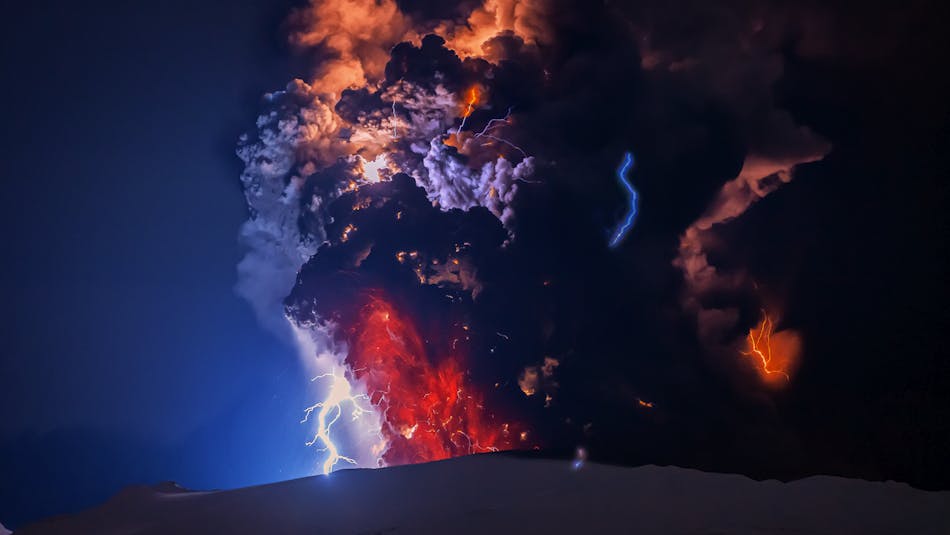
The eruption in Eyjafjallajökull volcano in 2010 drew a lot of attention to Iceland by stopping air traffic over Europe for several days.

The eruption in Eyjafjallajökull volcano in 2010 drew a lot of attention to Iceland by stopping air traffic over Europe for several days.